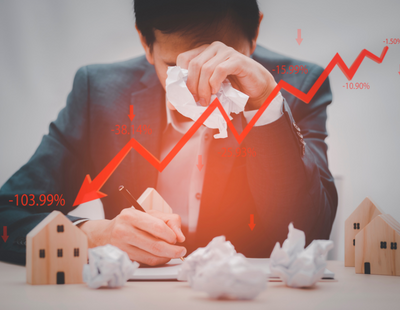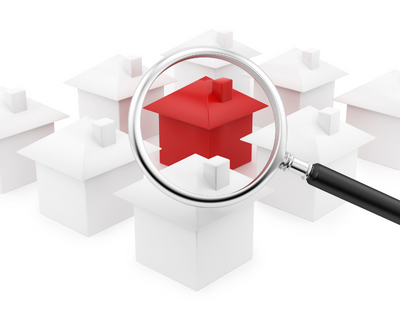Connells-owned lettings agency Hamptons is warning that the record-breaking rental growth of the past year has seen tenants pay a rocketing proportion of their income just to keep a roof over their heads.
Hamptons says the average private renting households now spends 42 per cent of their post-tax income on rent, the highest proportion since the agency’s records began in 2010.
With household bills added, the average tenant household spent 52 per cent of their post-tax income on bills and rent last year.
And the agency forecasts this figure is set to hit 54 per cent by the end of 2022 as the cost of living crisis worsens.
For tenants in the expensive south east of England the position is particularly acute - they spend the highest proportion of their post-tax income on rent and bills (64 per cent in 2021), which is set to rise to 65 per cent in 2022.
Meanwhile London renters will see less of an impact as household bills here only make up six per cent f a tenant’s post-tax income.
Hamptons suggests this is partly because incomes tend to be higher in the capital, but also because properties in the capital tend to be a little smaller, newer and therefore better insulated - thus lowering fuel bills.
However, the high value of property means that London tenants still spend £23,380 on rent each year which equates to 48 per cent of their post-tax income.
Overall, London tenants are set to spend 55 per cent of their post-tax income on rent and bills in 2022, slightly up from 54 per cent in 2021 and 49 per cent a decade ago.
Tenants in the South of England have the smallest disposable incomes, compounded by strong rental growth since the start of Covid.
The South East is the only region where rent makes up more than half (52 per cent) of households’ post-tax income, with utility bills adding a further 12 per cent.
The average privately rented household in the region spent £18,490 or 64 per cent of their post-tax income on rent and bills in 2021, up from 59 per cent in 2019.
The agency warns that this could rise to 65 per cent by the end of 2022.
Aneisha Beveridge, head of research at Hamptons, adds: “Financial pressures are raining down on households, but while last year it was rental growth that ate into tenants’ incomes, this year it’s more likely to be energy costs.
“Rental growth is slowing as affordability pressures bite and we expect rents across Great Britain to end the year 2.5 per cent up on 2021, down from 7.0 per cent today. However, even if household incomes rise by the forecast 3.75 per cent, it won’t be enough to fully offset rising utility bills and tenants, in particular, will feel the pinch.
“Rent and bills typically tend to get paid first, with whatever money is left over being saved or spent on other things. With more income tied up in essentials, it’s likely that discretionary spending is set to fall later this year which is bad news for the wider economy. And as mortgage rates creep up, homeowners are likely to face similar pressures too.”















%20-%20IMAGE%20Client%20Accounting%20%E2%80%93%20what%20are%20your%20options.jpg)





Join the conversation
Be the first to comment (please use the comment box below)
Please login to comment